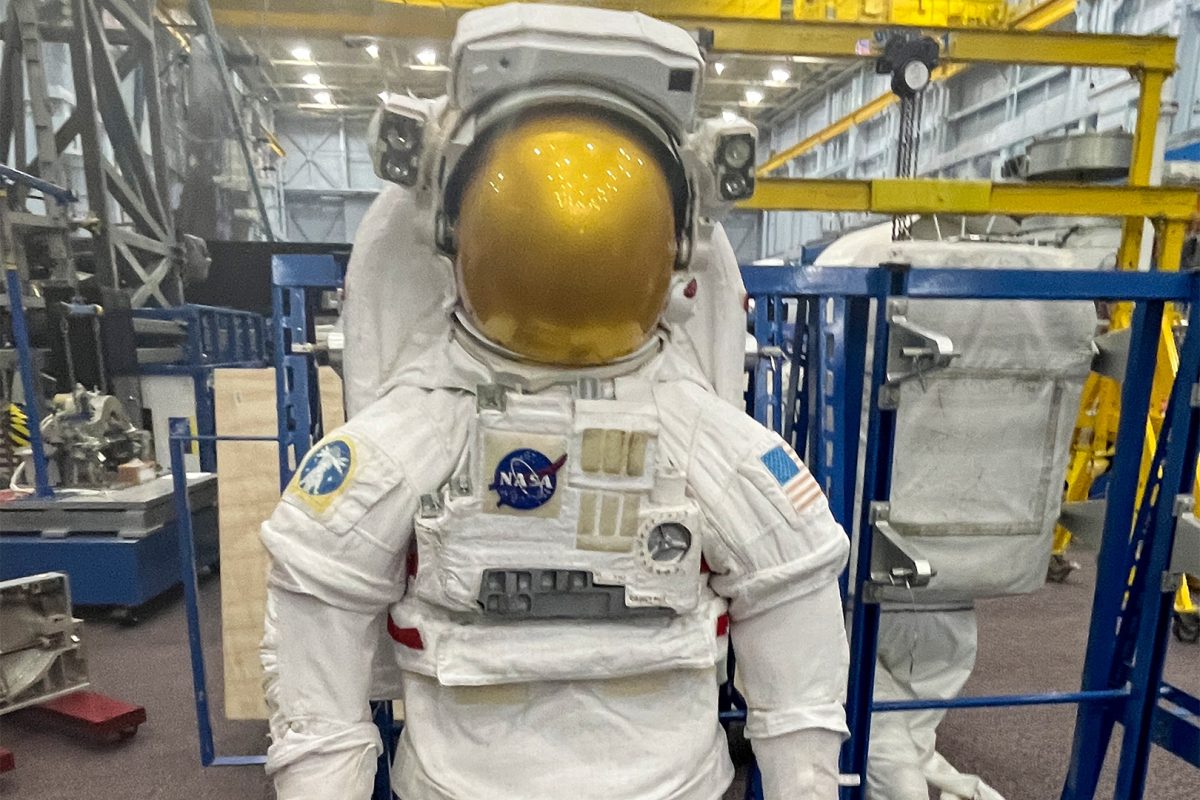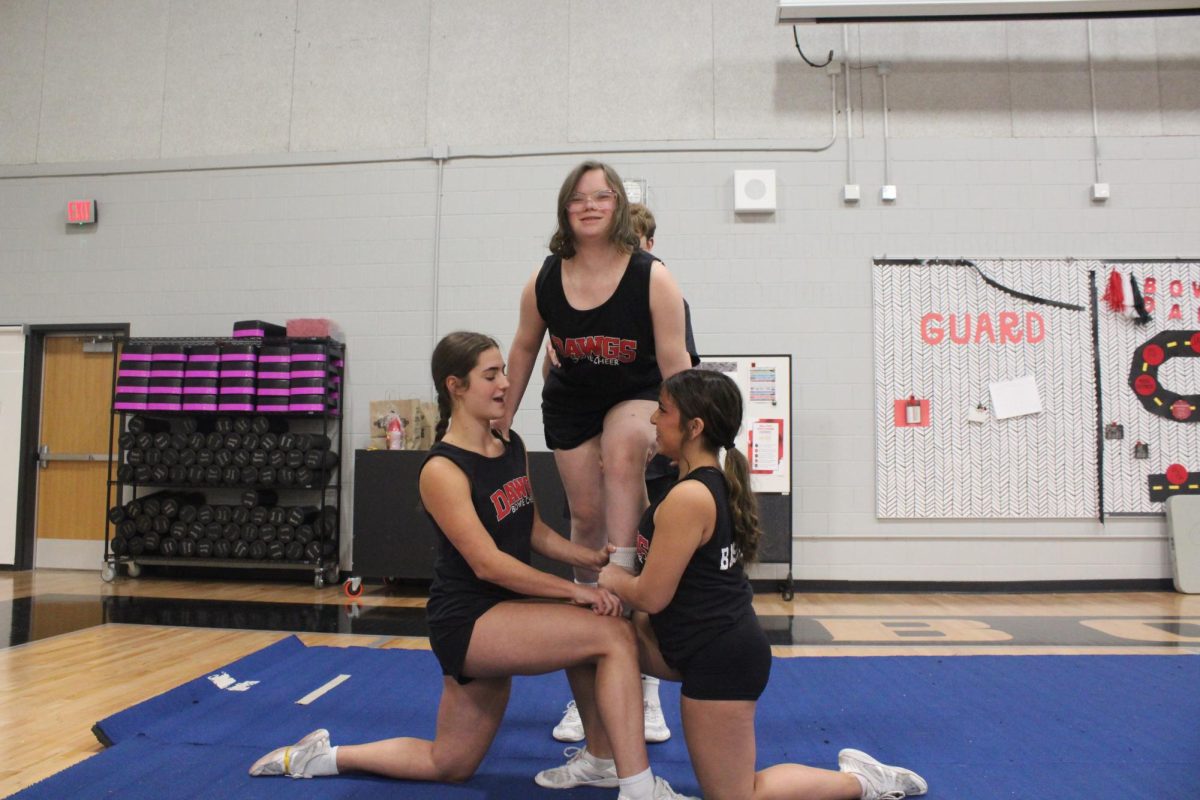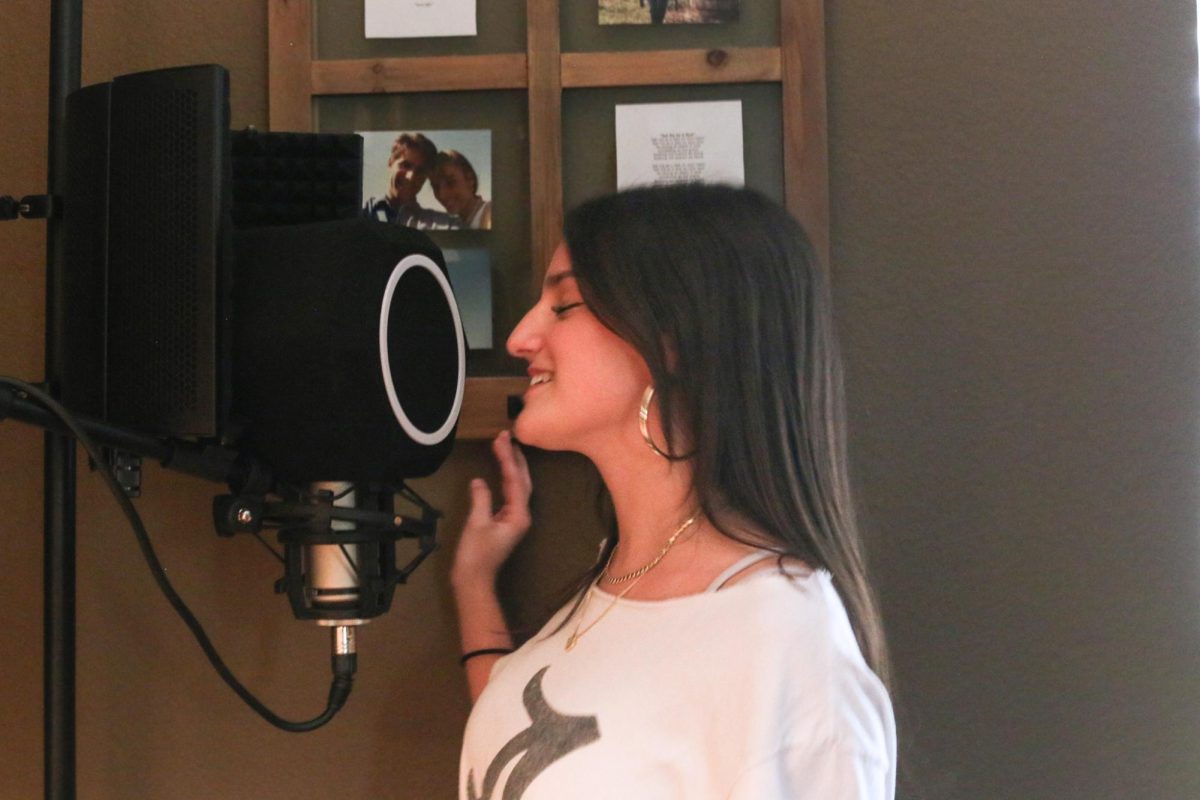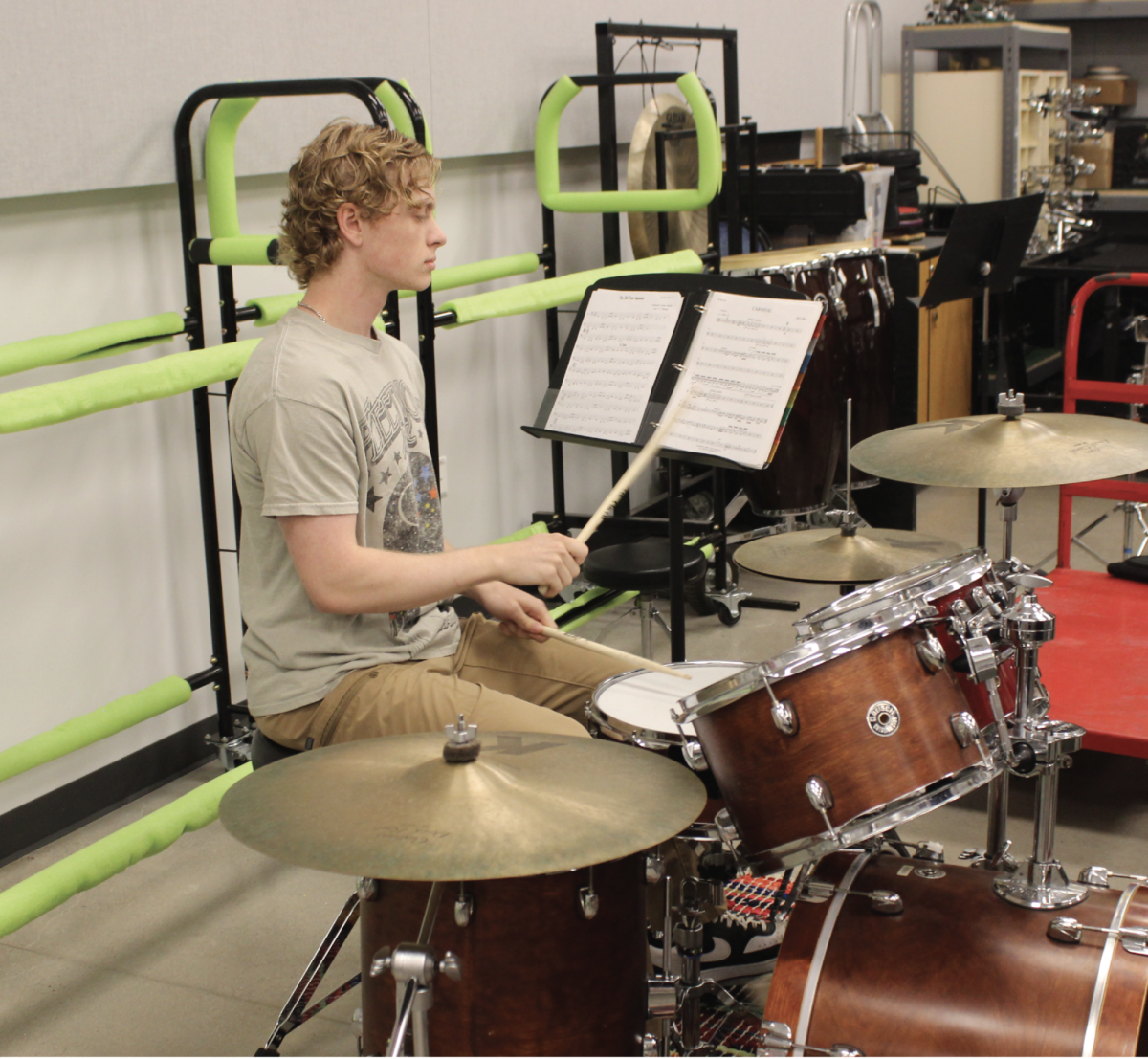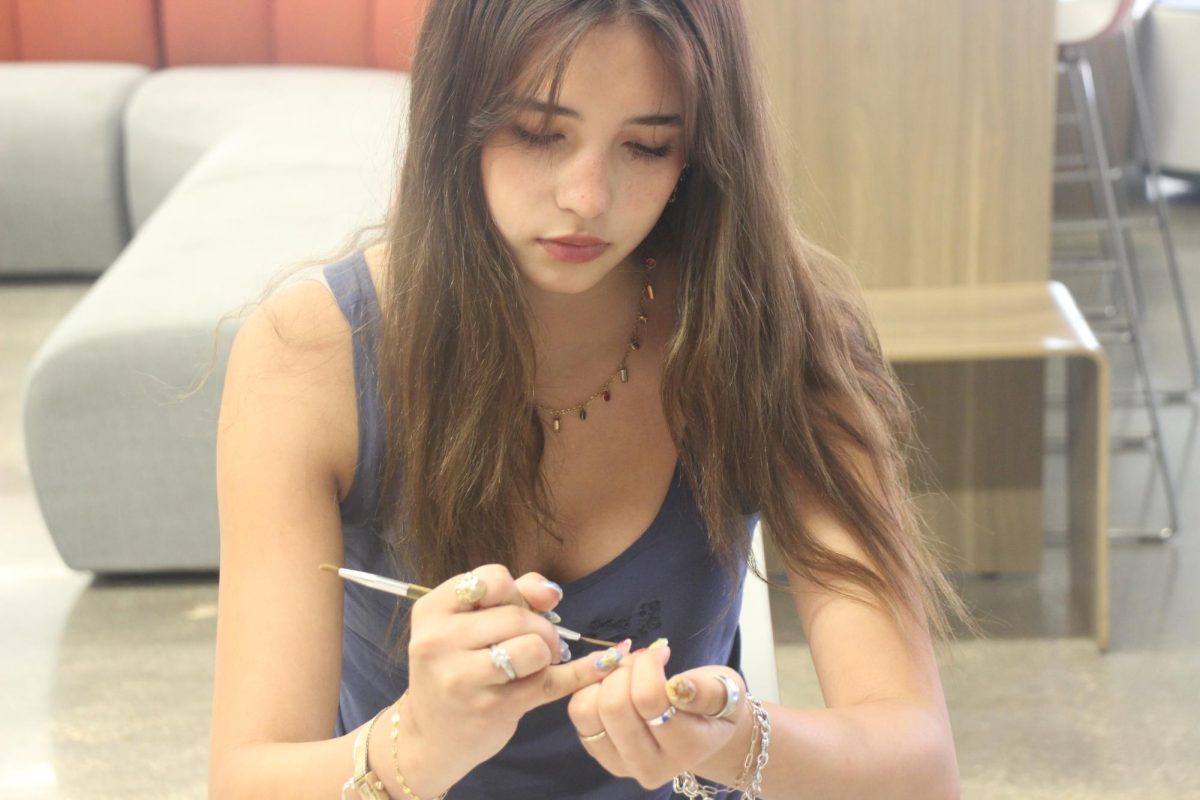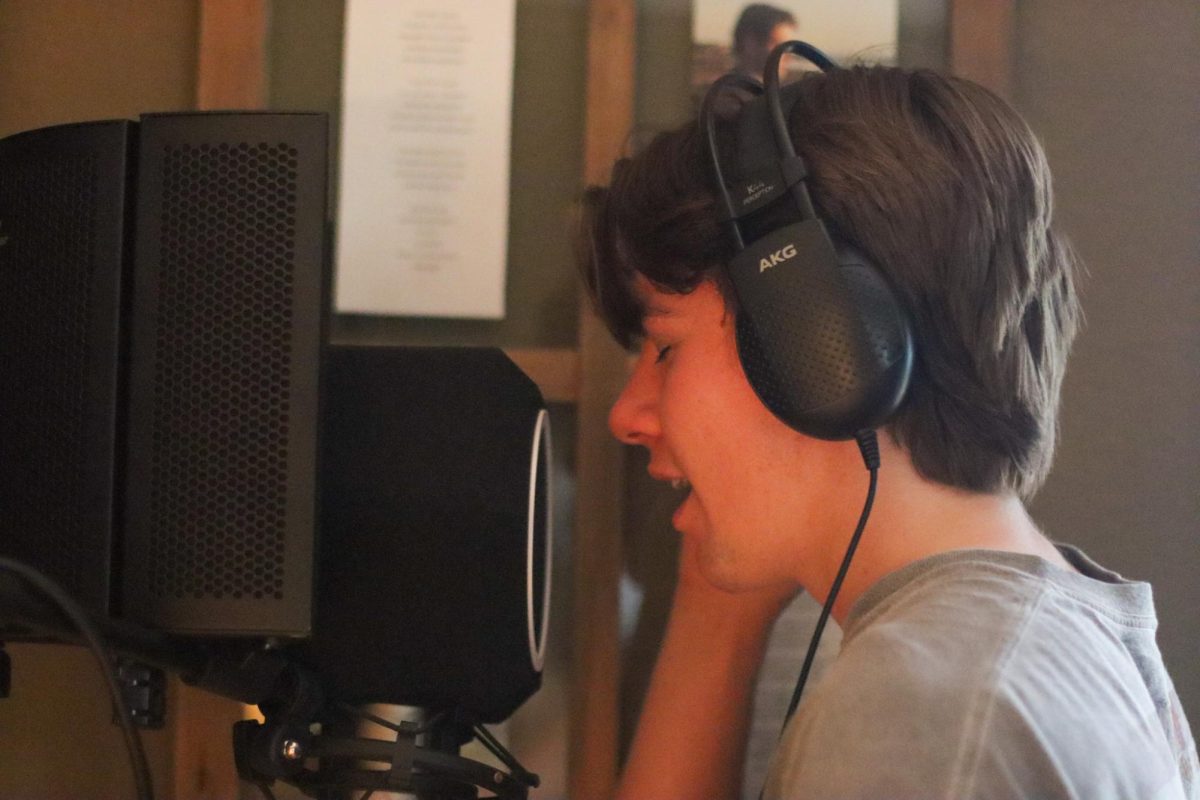The sun shines on the huge stretch of land that is the Johnson Space Center in Houston as three Bowie students, along with nearly 100 others, launch into the beginning of a life-changing experience. Seniors Harry Kowtarapu, Yash Tate, and Karen Merryman were among those few who earned the opportunity to undertake NASA’s High School Aerospace Internship this summer.
“I want to go into STEM, and I thought it would kind of give me a better understanding of science and engineering and all that in a real-world application,” Merryman said.
After being introduced to the internship through varying sources, like a student presentation or a teacher’s recommendation, Tate, Kowtarapu, and Merryman began the rigorous application process involving several essay-style questions.
“The application process, obviously, with things like this, is a little bit difficult,” Tate said.
When accepted, the interns were invited to participate in the program’s initial online process.
“After you applied, it was this whole three-month online course that you did on Blend,” Kowtarapu said. “If you passed it, then you got to do the moonshot.”
NASA’s High School Aerospace Internship program, Moonshot, involved both the online course and, eventually, an exciting travel opportunity.
“There were two sections total; I think my section was 40, 39 kids,” Kowtarapu said. “So it was the top 39 kids out of those original 400 applicants, and those kids got flown into Houston.”
In Houston, the interns were able to interact with and explore the Johnson Space Center, as well as participate in a tour of the A&M campus.
“The on-site experience was definitely the most fun,” Kowtarapu said. “We did a bunch of projects; we did a rocket launch with a model rocket.”
Mimicking NASA’s current plans for Mars, Moonshot organized the interns into eight teams, each team working on an individual part of the project.
“It was kind of empowering in a way, because all these people are working super hard for the same goal,” Kowtarapu said.
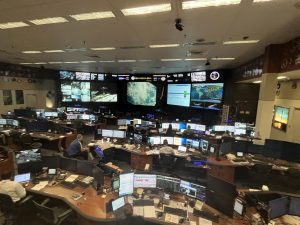
(Photo courtesy of Harry Kowtarapu)
The collaborative nature of the interactions between future engineers at Moonshot allowed an environment of teamwork to thrive.
“It’s a rigorous team-based course,” Tate said. “which I really enjoyed because it’s true exposure to what it’s like in the engineering field.”
Working in teams with so many others interested in science and engineering was a change from the typical high school experience, where it’s sometimes hard to connect with others with similar aspirations.
“I think it was just cool to be able to connect with so many people,” Merryman said. “We had fun together, you know; we laughed; we had a good time.”
During Moonshot, the seniors worked under STEM-experienced mentors who guided them through the program criteria and exposed them to the life of a real NASA employee.
“I personally really enjoyed talking with my mentor, “ Tate said. “because she worked in the exact area that I wish to work in the future.”
Seeing the mechanics of working as an employee of NASA and interacting with a like-minded team had an influence on the intern’s outlook of what their future in STEM could look like.
“The internship helped me decide that engineering is where I want to go,” Tate said, “specifically into the aerospace industry.”
The experience the seniors came back with proves that NASA is more than just a big name in STEM, it’s a place where brilliant minds come together and work to create something great.
“I knew I wanted to be a part of something big like that,” Merryman said.
NASA’s High School Aerospace Internship Program is the perfect place for young STEM minds to thrive and be challenged, hopefully encouraging a new generation of great engineers.
“It was a good environment,” Kowtarapu said. “It was difficult; it was challenging, but it was also pretty fun.”



